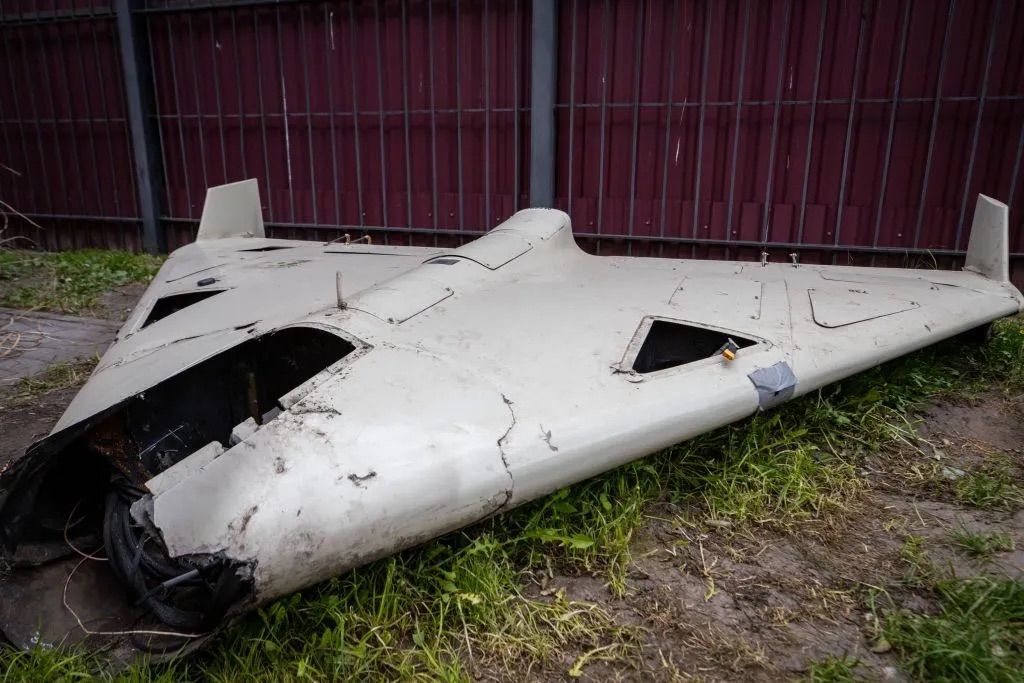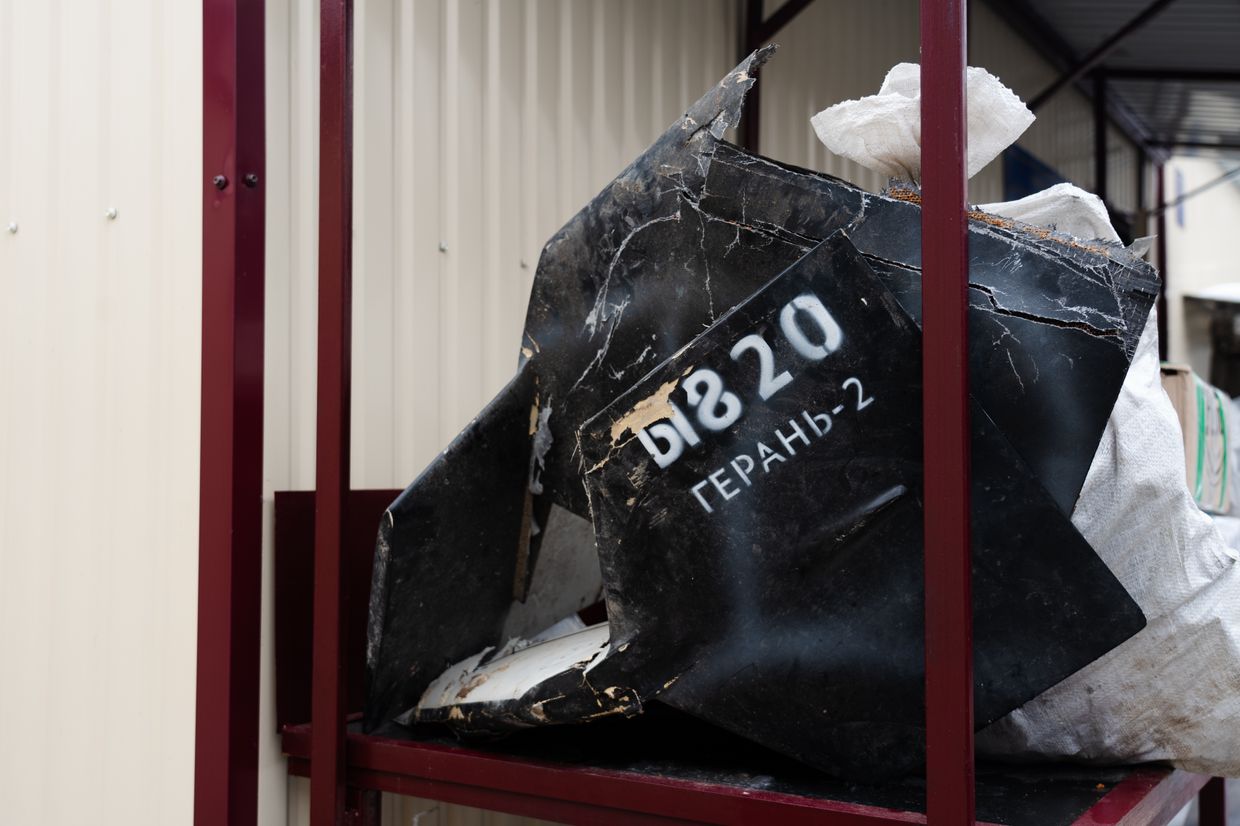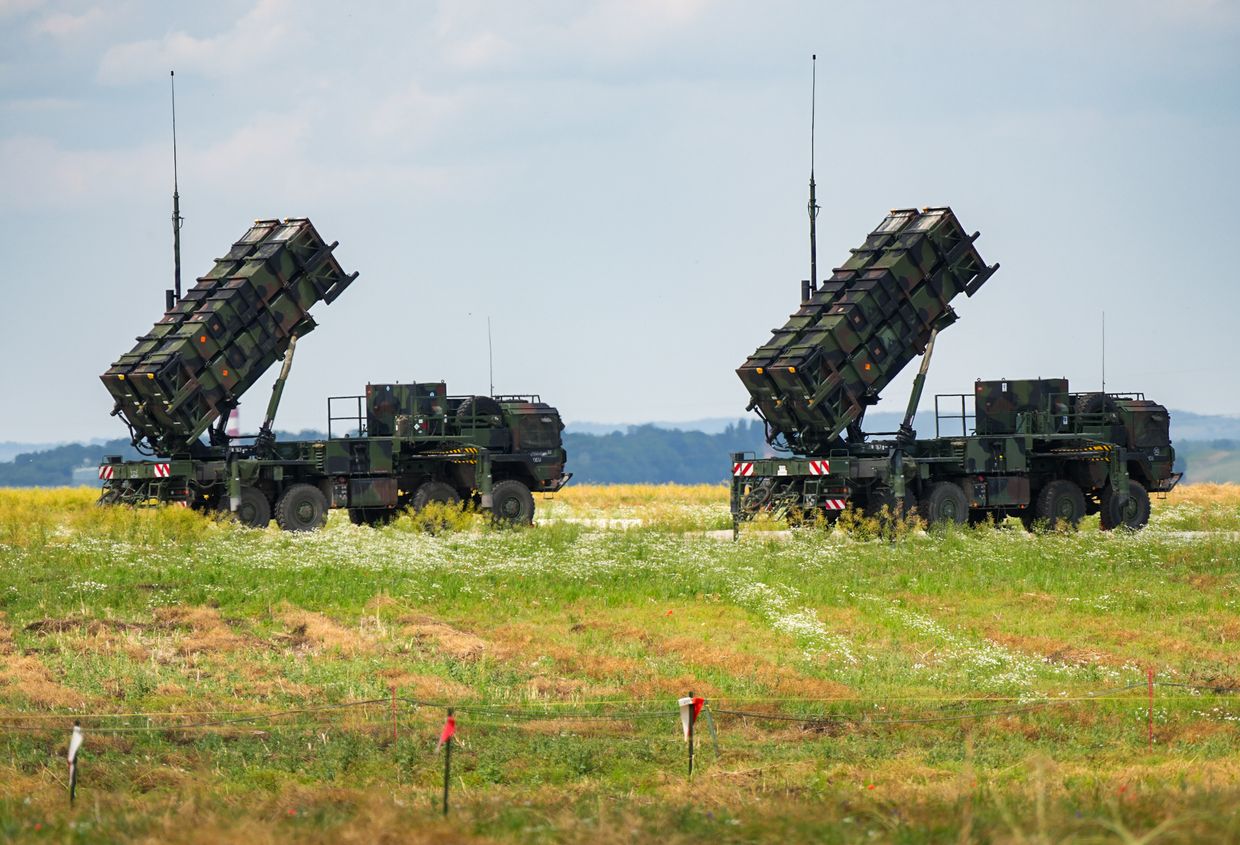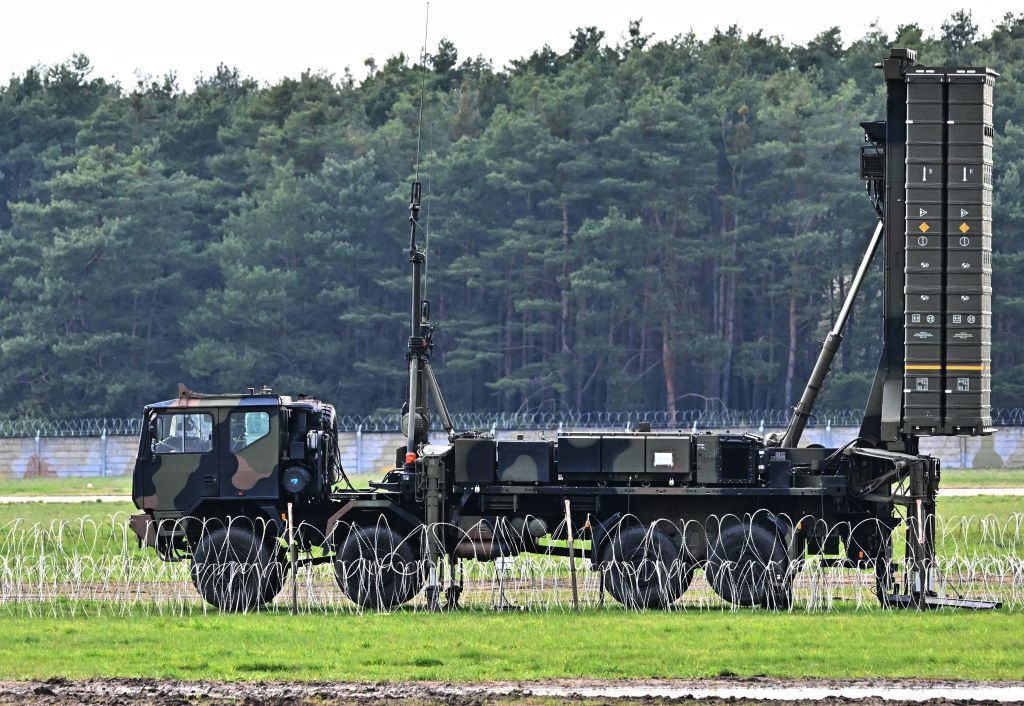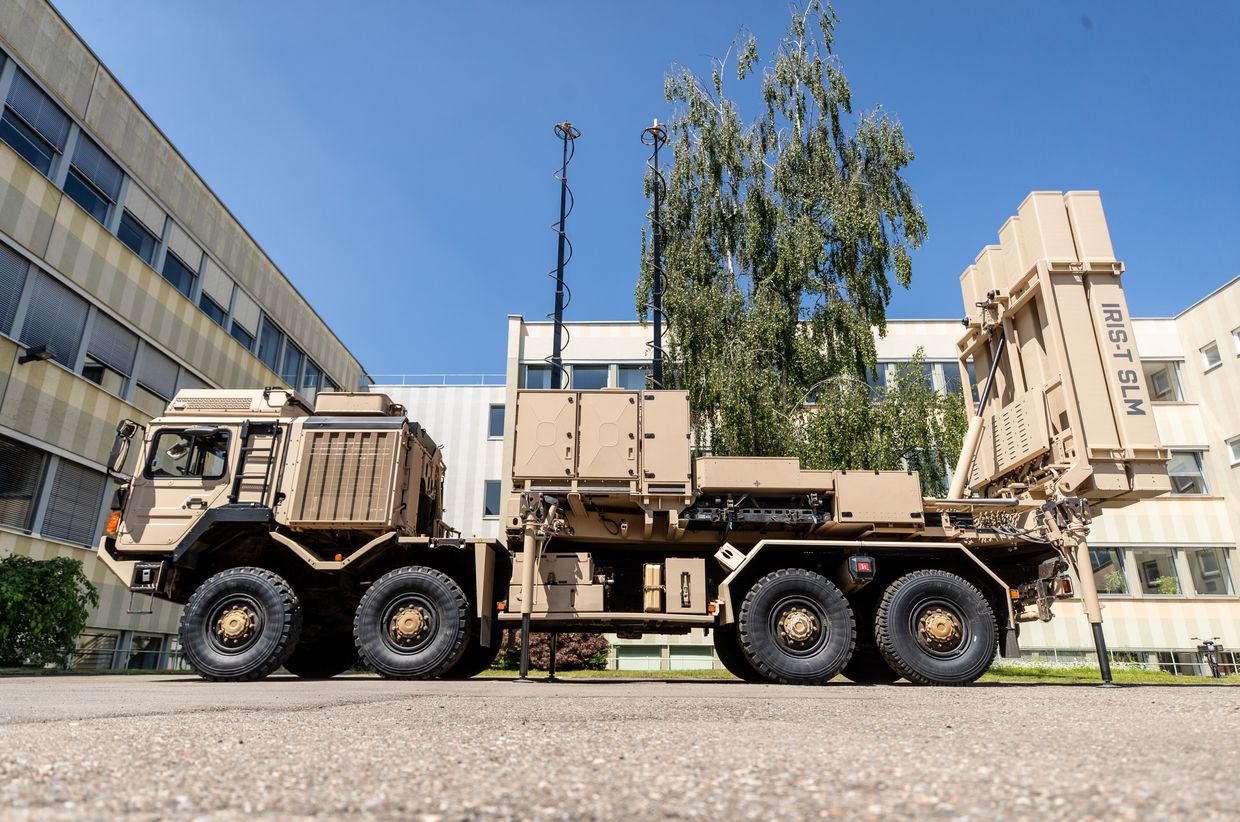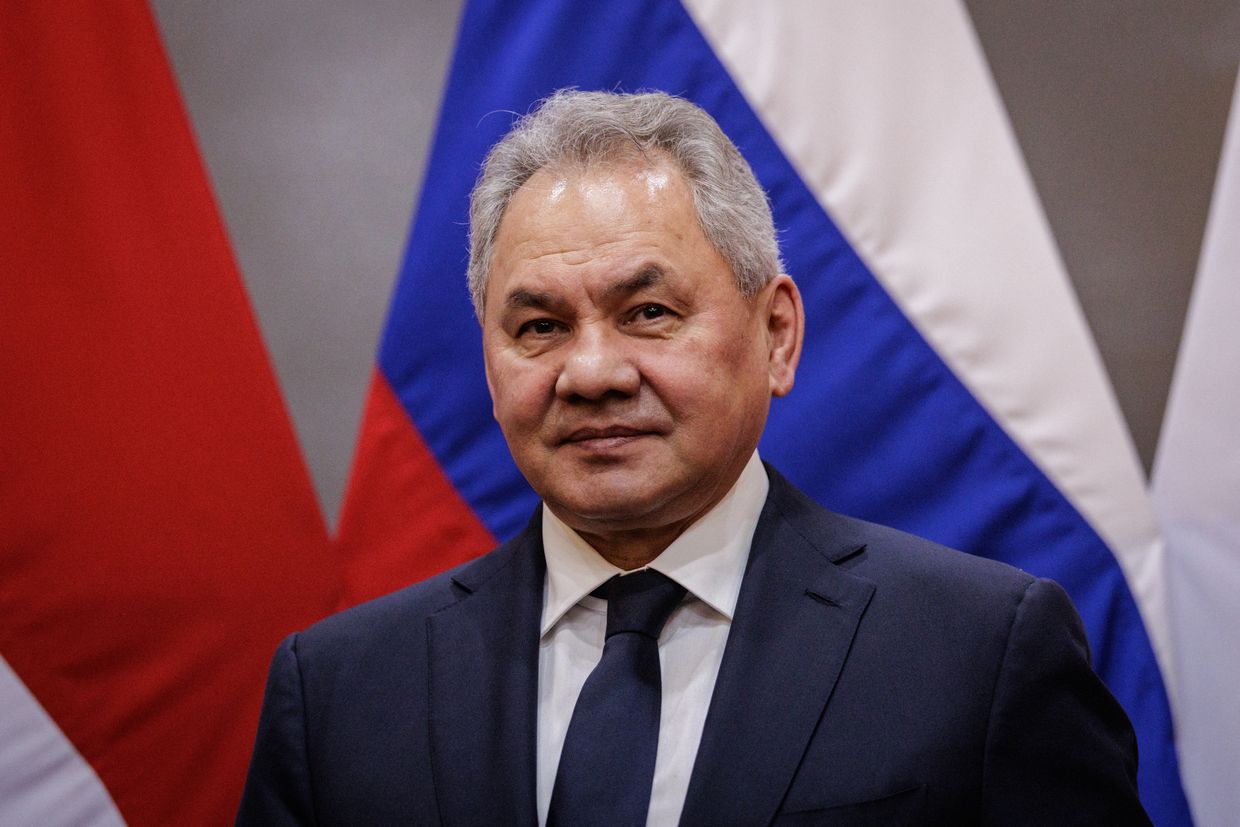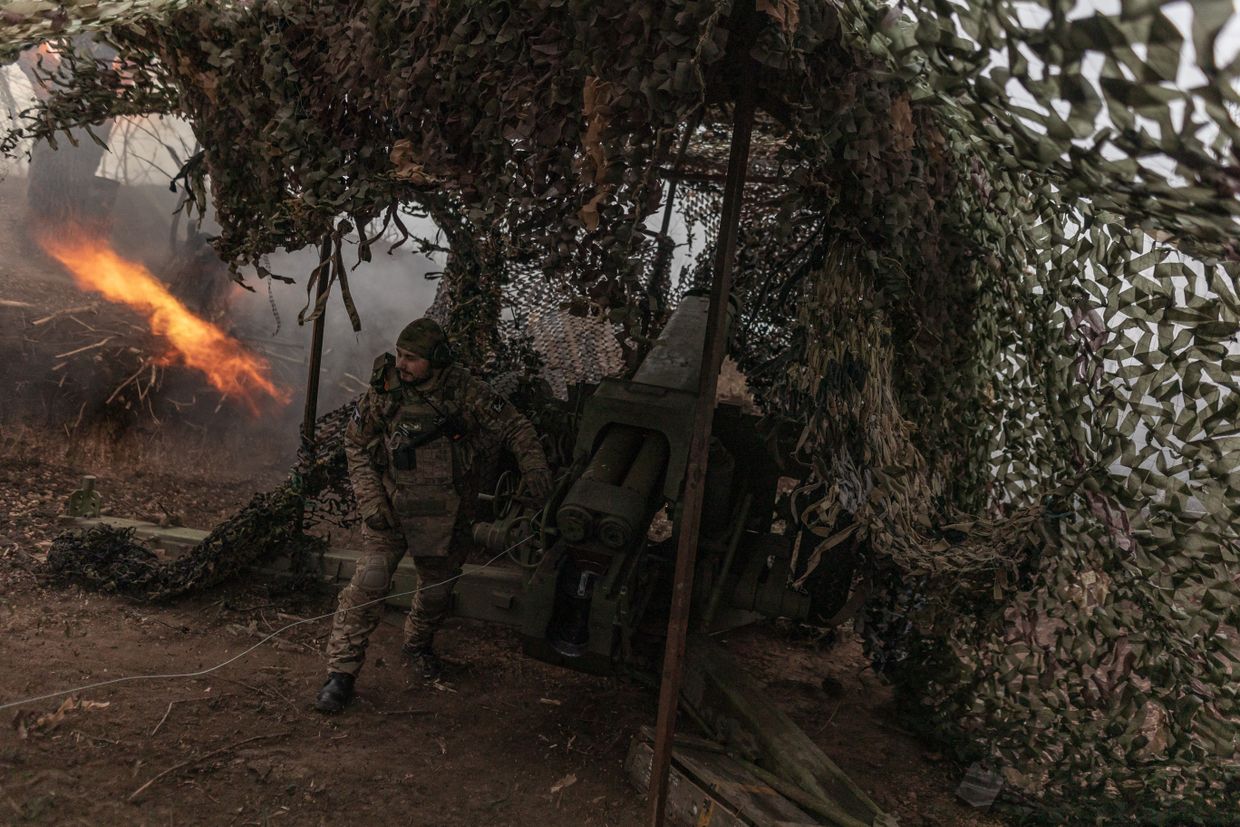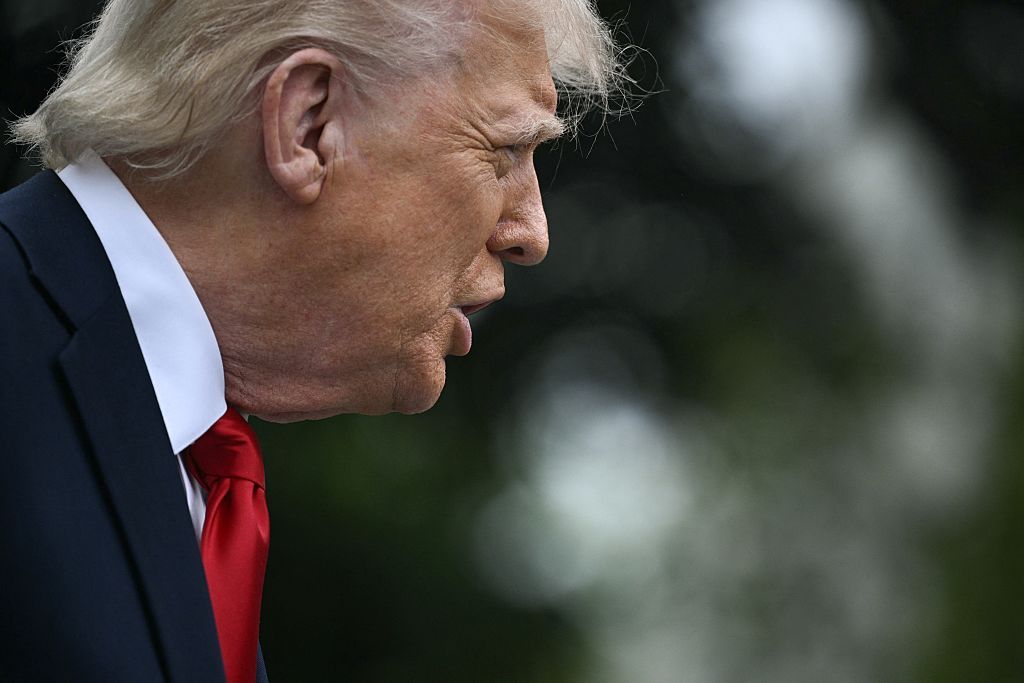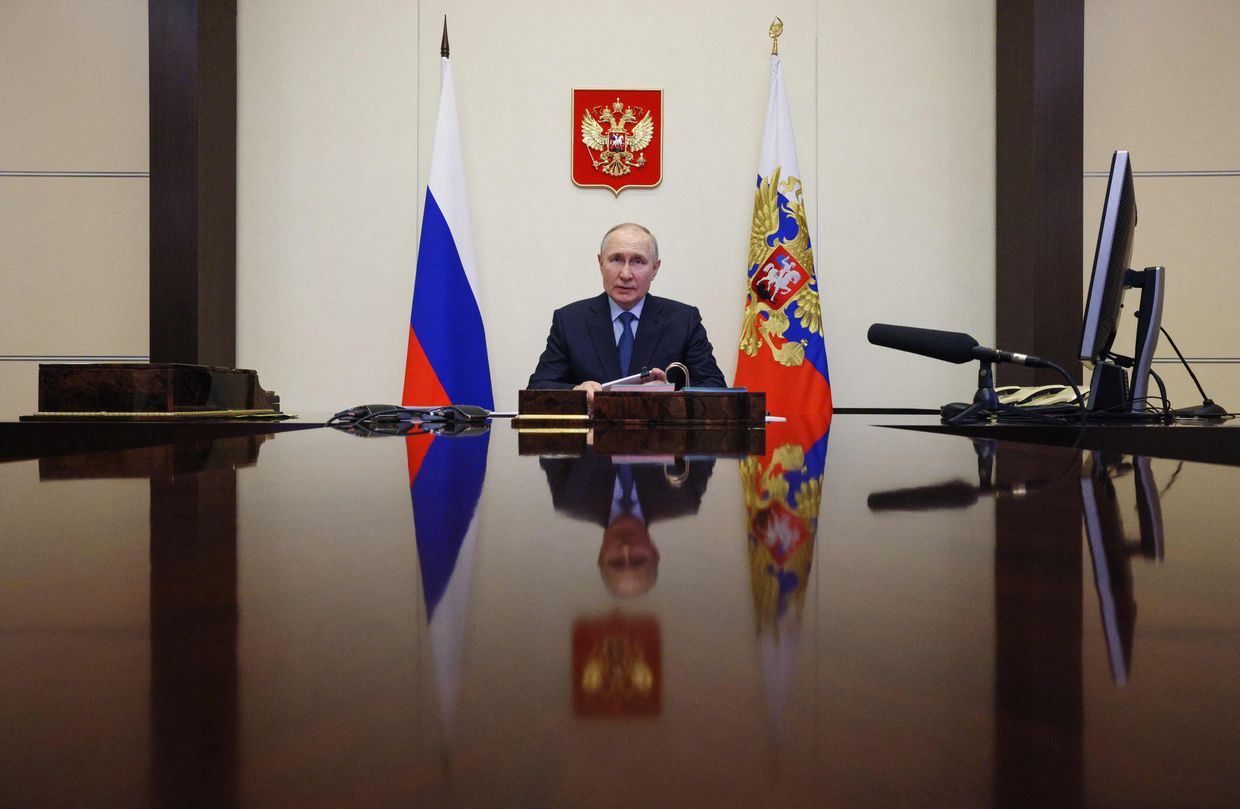Over March and April, Russian airpower launched a new wave of mass attacks on energy infrastructure in Ukraine.
Energy generating facilities, in particular coal-fired and hydroelectric power plants, have come under the heaviest attacks. For the first time, Russia destroyed or damaged several of Ukraine's biggest power stations, including the Trypilska power station just outside Kyiv.
This new wave of Russian attacks, exploiting the growing shortage of key air defense systems and ammunition, is forcing Ukraine to once again call for help.
The situation brings up memories of the winter and early spring of 2022-2023 when Russia was also targeting energy infrastructure, forcing nearly the entire country to live with rolling blackouts, as the shortage of air defense assets was sorely felt.
However, circumstances have changed – in 2023, Russia began to produce thousands of Iranian-designed Shahed-type kamikaze drones and fitted Soviet-era aerial bombs with cheap gliding kits.
Despite Western sanctions, Russia also continues to produce cruise and ballistic missiles using Western microelectronics.
Over the past year, Ukraine has received a diverse portfolio of Western air defense assets, including a handful of long-awaited Patriot and SAMP/T systems, capable of hitting hypersonic and ballistic missiles.
Now, the stocks of these Western systems have been themselves depleted. Although the U.S. Congress finally passed funding for the renewal of military aid deliveries to Ukraine, Kyiv's long-term ability to protect its airspace remains uncertain.
‘Window of opportunity’ for Russia
The mix of attacks on strategic facilities and systematic strikes with guided bombs on the front-line areas indicates that Moscow sees a “window of opportunity” when Ukrainian air defense forces may be most vulnerable, said director of Defense Express Center Serhii Zgurets to the Kyiv Independent.
Though energy facilities were hit across Ukraine, the hardest hit were those in regions close to the front line – in Zaporizhzhia, the country's largest hydroelectric power plant was put out of operation, while much of the energy infrastructure of the country's second-largest city, Kharkiv, was practically destroyed.
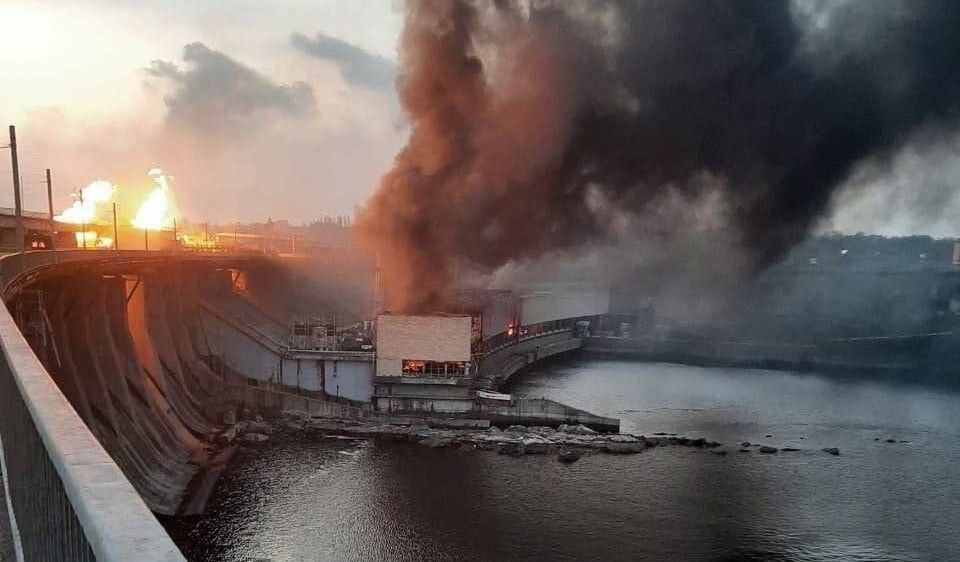
In Kharkiv, Russian forces began firing modernized gliding bombs for the first time — these can overcome air defense systems and glide more than 70 kilometers inland.
One of the best-defended regions of Ukraine, Kyiv and its outskirts, also came under attack.
On April 11, the Kremlin used the newest Kh-69 cruise missiles to destroy the Trypillia Thermal Power Plant, overwhelming air defense near the Ukrainian capital.
As described by President Volodymyr Zelensky after the attack, seven out of the 11 missiles that flew in the direction of the station were shot down, while the rest got through due to a shortage of surface-to-air missiles (SAM).
According to Mykhailo Liuksikov, editor-in-chief of Ukrainian defense media outlet Militarnyi, the March-April attacks indicate Russia’s ability to adapt its long-range strike strategy.

The expert specifies that the location and concentration of Ukrainian air defense systems have been adjusted taking into account previous Russian attacks when they tried to hit targets deep inside the country.
“They have changed tactics, if they used to be able to hit Lviv, western Ukraine with Shaheds, now the same drones are used to hit Kharkiv, which is close to the contact line. The concentration of air defense and missile defense assets that we have was adjusted to the past attacks in the rear," Liuksikov said.
Ukraine’s air defense today
In early 2023, the worsening shortage of ammunition for Ukraine’s Soviet-era air defense systems, in particular the S-300 and Buk, was being sorely felt.
It soon became clear that to protect its airspace, Ukraine would have to transition to an air defense architecture based primarily around Western-built systems.
According to Defense Express, Ukraine employs eight primary types of Western-built surface-to-air missile systems. For longer ranges, Ukraine uses the U.S.-built Patriot, French-Italian SAMP-T, and German IRIS-T systems.
For more localized defense of cities and strategic facilities, Ukraine boasts the U.S.-built Hawk, NASAMS, and Avenger, as well as the Italian-built Skyguard-Aspide and French Crotale.
The exact number of all systems in Ukraine is unknown, but experts note that the proportion of Western systems in the air defense forces has increased since 2023.
Now most of the work is done by the American, German, Italian complexes, according to Zgurets. They “carry the main load, as it was in previous weeks.”
Over the past year, the total number of Western-built systems such as NASAMS and Iris-T in service increased by 2–3 times, a source in the Air Force said to the Kyiv Independent.
“The percentage of Western-style systems in the air defense system will continue to increase because there is nothing to replace the old Soviet systems. It breaks, the enemy destroys them. But the main problem is missiles for them,” the source said.
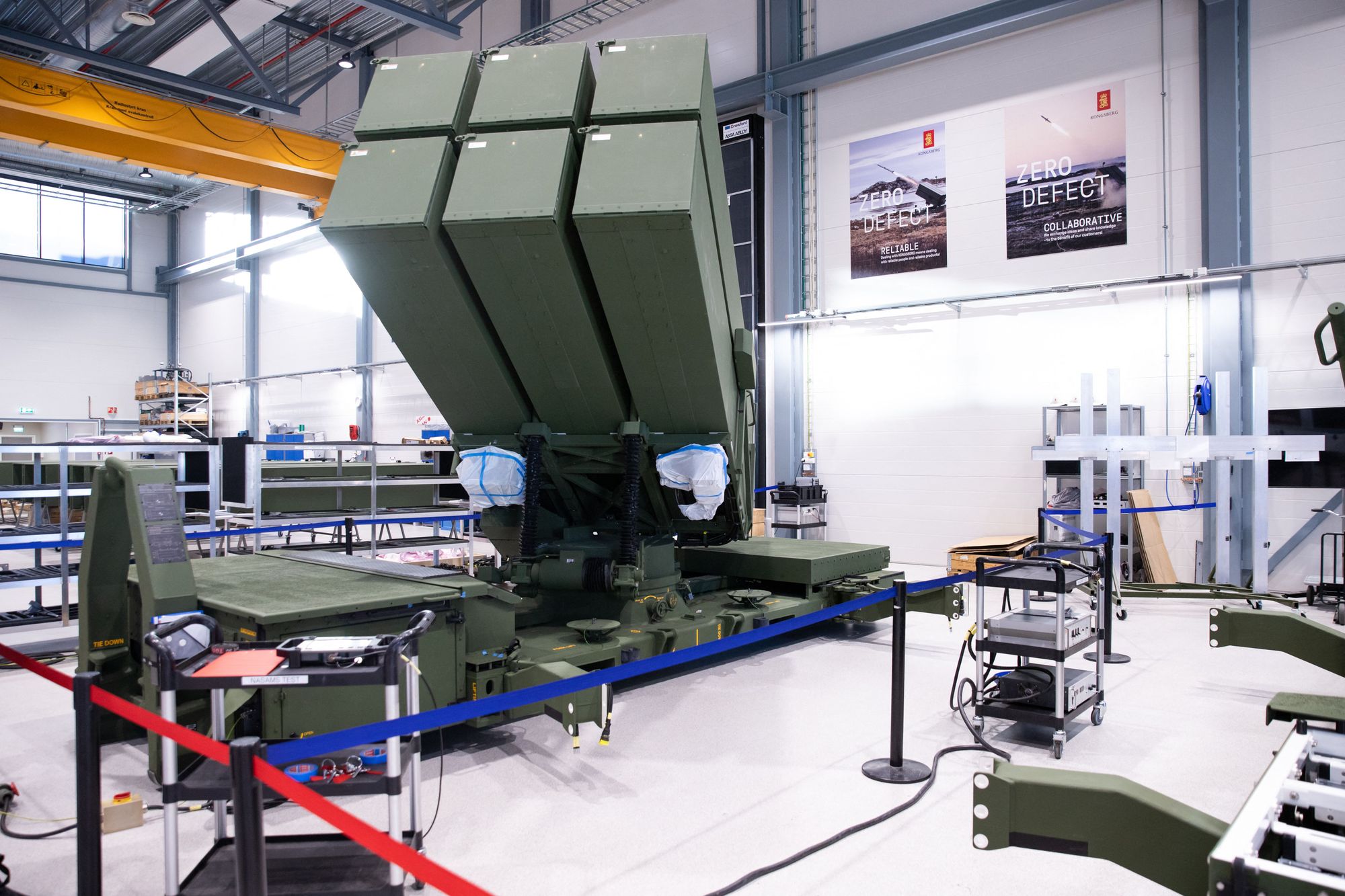
Whether Western or Soviet-era, Ukraine is completely dependent on the West for air defense missiles, the source added.
“There has always been a shortage of missiles, and there will always be,” he said.
“We cannot produce either Soviet missiles or Western missiles, and we are completely dependent on the West.”
With only Russia producing spare parts and missiles for Soviet systems, it became a challenge for Ukraine and Western partners to find ways to keep these systems operational.
Kyiv is working on two ways to solve this problem, according to Colonel Hennadii Kovalenko, director of the Defense Ministry’s Department of International Defense Cooperation.
Kovalenko’s team continues to look for missiles for the older systems “around the world,” with the help of third-party countries like the U.S. and U.K., he said to the Kyiv Independent.
Ukraine, in partnership with the U.S., has also launched the FrankenSAM project, which aims to integrate Western missiles into Soviet systems.
Under FrankenSAM, three programs are in the works: the modernization of the S-300 to use Patriot’s PAC-3 modification missiles, the modernization of the Buk to use the RIM-7 Sea Sparrow missiles, as well as the development of a new complex for the use of AIM-9 missiles.
“I don't want to say numbers, but the first two directions are being successfully implemented, and we can already use Western missiles for Soviet-era SAMs,” Kovalenko said.
In January 2024, Strategic Industries Minister Oleksandr Kamyshin said that Ukraine shot down a Shahed-type drone for the first time with the FrankenSAM hybrid system, though he didn’t disclose which exact modification of the SAM carried out the strike.
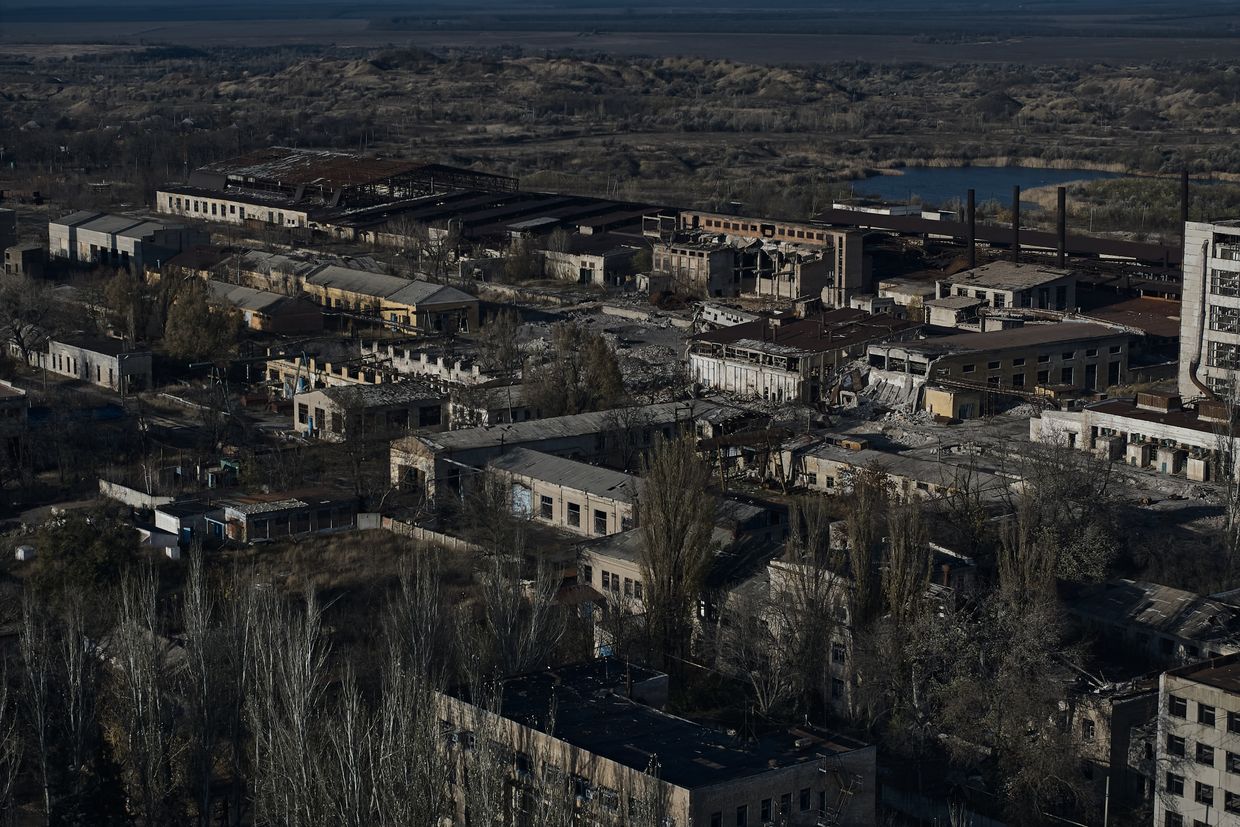
Reinforcement coming
On the back of the new wave of strikes, Ukraine has gone on a diplomatic offensive to meet the urgent need for more air defense.
On March 19, the 20th meeting of the Contact Group on Ukraine's Defense took place at the Ramstein Air Base in Germany.
Col. Kovalenko, who was present at the negotiations, notes that the discussion of air defense was the most topical and “blatant.”
“Our critical needs are Patriot, we need more than 10 of them. NASAMS and IRIS-T – also a lot, the number is approximately the same,” the Ukrainian representative said, noting that Ukraine can likely expect additional Patriot systems from new partner countries.
According to Kovalenko, Ukraine needs “30 Patriot systems, as well as 70 NASAMS and IRIS-T systems each” as part of its overall requirements.
Early signs show that to an extent, Western partners are taking the issue seriously.
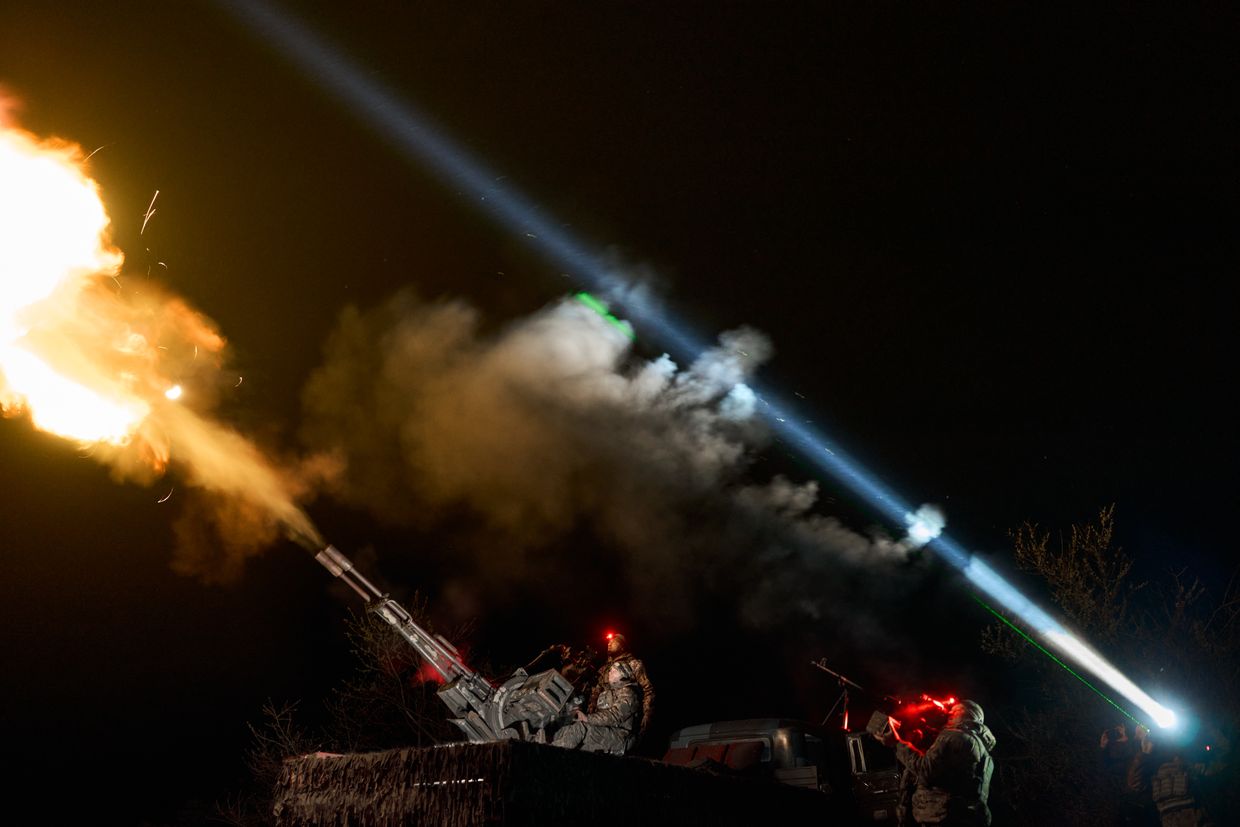
Over April, Germany, the U.S., and France have announced aid packages for Ukraine. In addition, Berlin initiated a search for air defense systems required by Ukraine from its allies – on April 18, German Chancellor Olaf Scholz said that six additional Patriot systems could be delivered to Ukraine.
After the U.S. Congress finally passed $61 billion in aid for Ukraine, the first new package of military assistance was announced, including RIM-7 and AIM-9M missiles for air defense, though no new Patriot systems or missiles were listed.
Ukraine is also eagerly awaiting the transfer of the first F-16 fighters, with the hope that the jets, boasting more advanced weapons and technology systems than Soviet-era aircraft, will also help fight off Russia’s air attacks.
“If we have F-16s with more modern upgrades that have better radars on board, then cruise missiles and Shahed drones that will fly deep into the territory will be easier to shoot down with aircraft,” Liuksikov said.
Potentially able to engage Russian fighter-bomber aircraft at a safe distance, F-16s could also protect Ukraine against Russian glide bombs, to which Kyiv currently has few answers.
“These aircraft can cover not only the border areas with Russia but primarily the front line,” Liuksikov added.
Kovalenko also noted that new countries were expected to join the Fighter Aircraft Coalition soon, adding that in the future Ukraine will possess “not only F-16s.”
In March, Swedish Defense Minister Pal Jonson said in an interview with The Kyiv Independent that Stockholm did not exclude the possibility of transferring Gripen fighter jets to Ukraine.
Until they arrive though, the question of whether Western jets can significantly change the situation with the security of Ukrainian skies remains plagued with unknowns.
Factors include whether Ukraine will be able to protect air bases and airfields for F-16s, which could require additional air defense assets.
It also remains to be seen what modifications of the jets will be provided. This directly affects what tasks these airplanes can be used for, and what armament will be on them.
These factors, along with questions about when training will be concluded and when the planes will finally arrive, depend on Ukraine’s partners.
The main issue, experts believe, remains the number of aircraft actually delivered.
“They are unlikely to change the situation on the battlefield dramatically this year, as their number is small, but they can improve the situation with air defense,” Liuksikov said.




